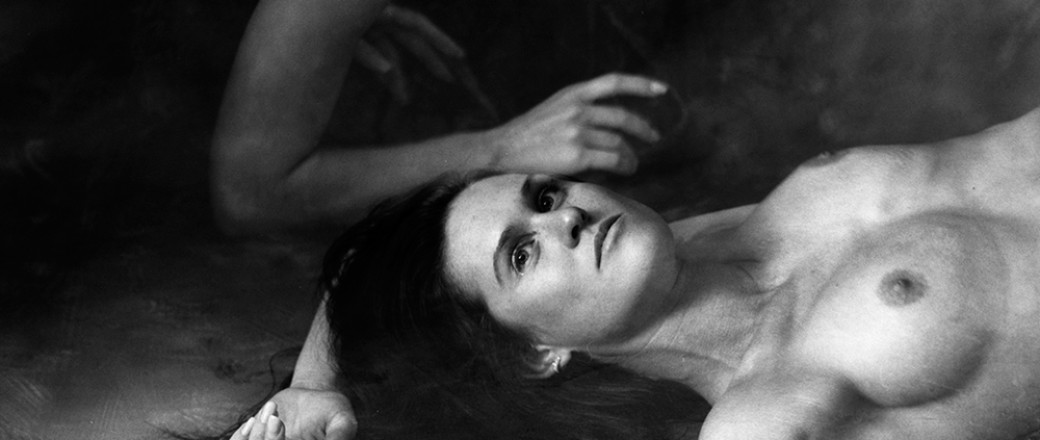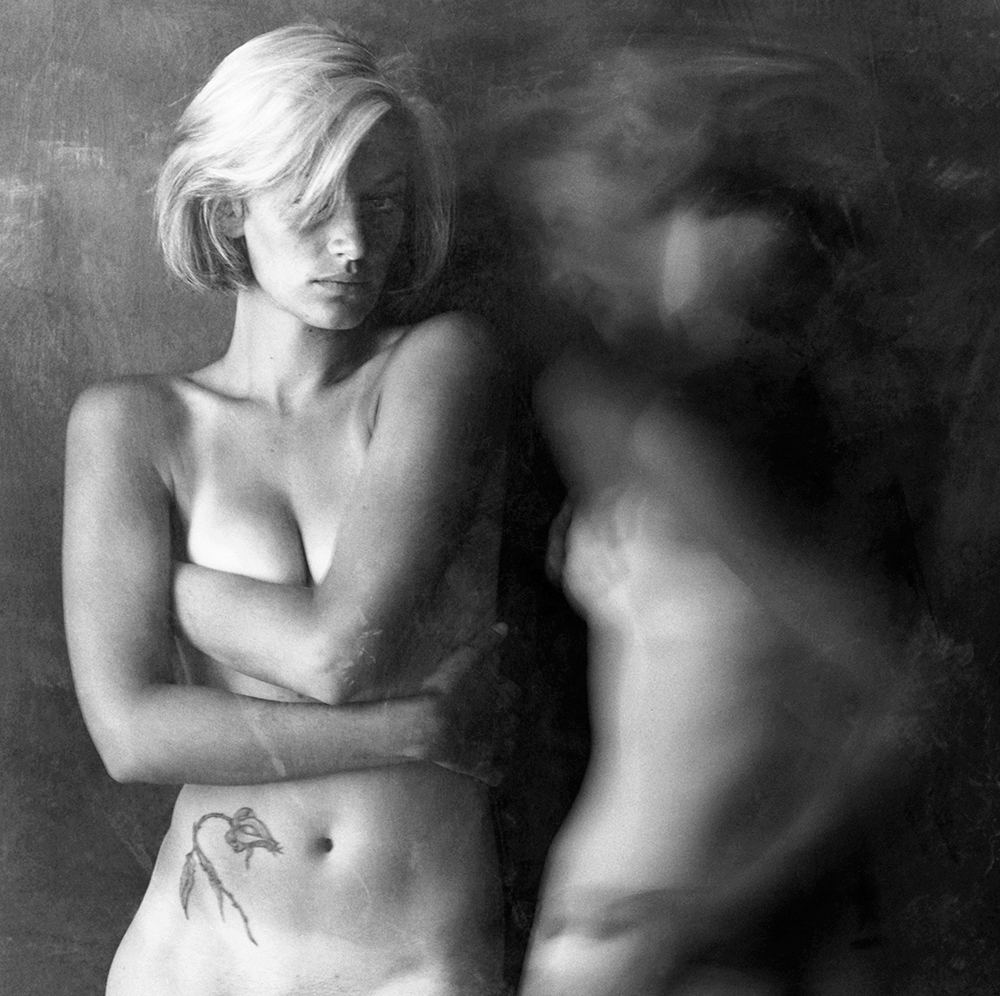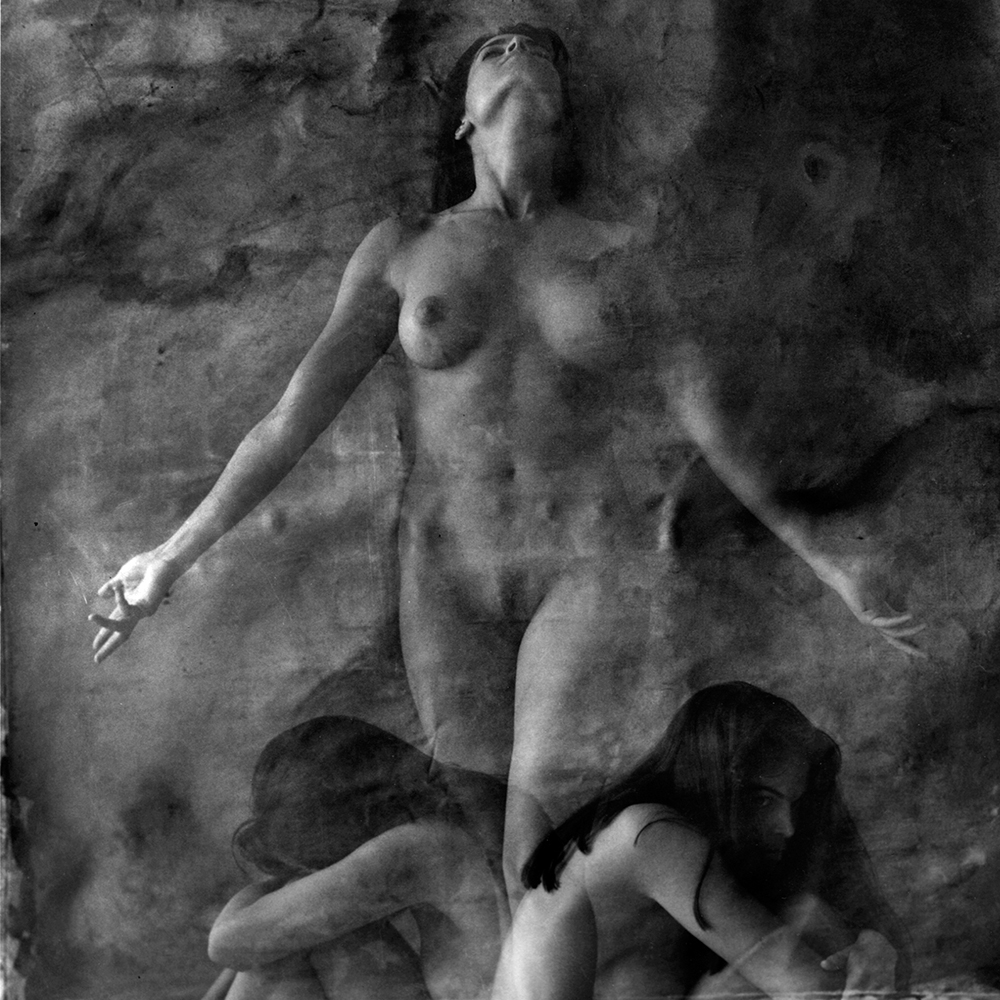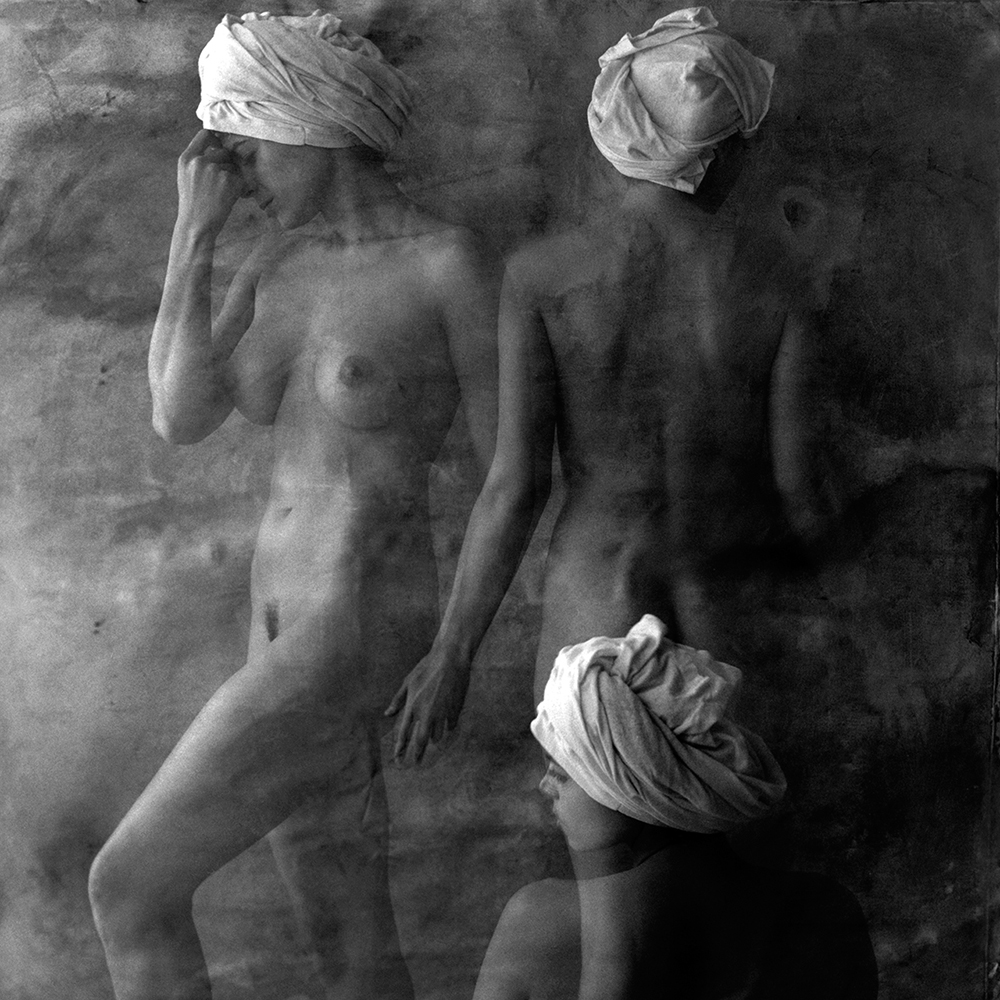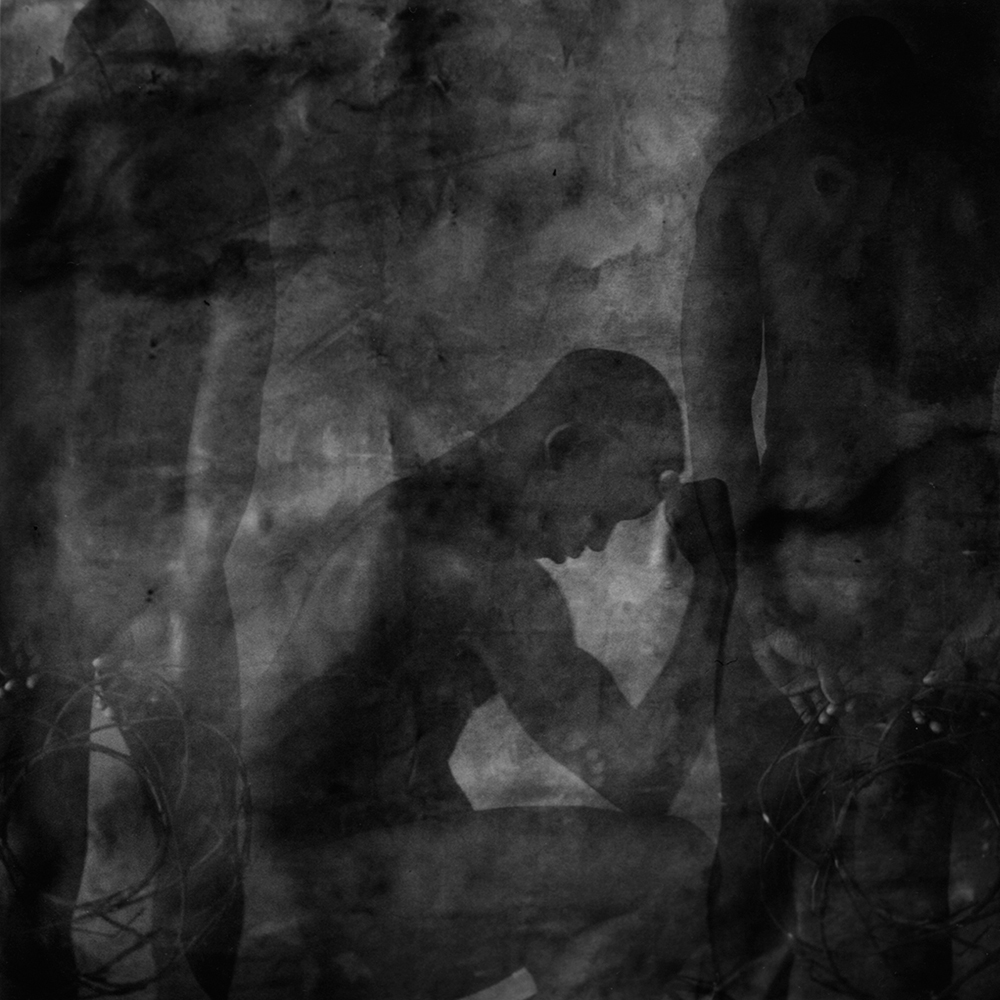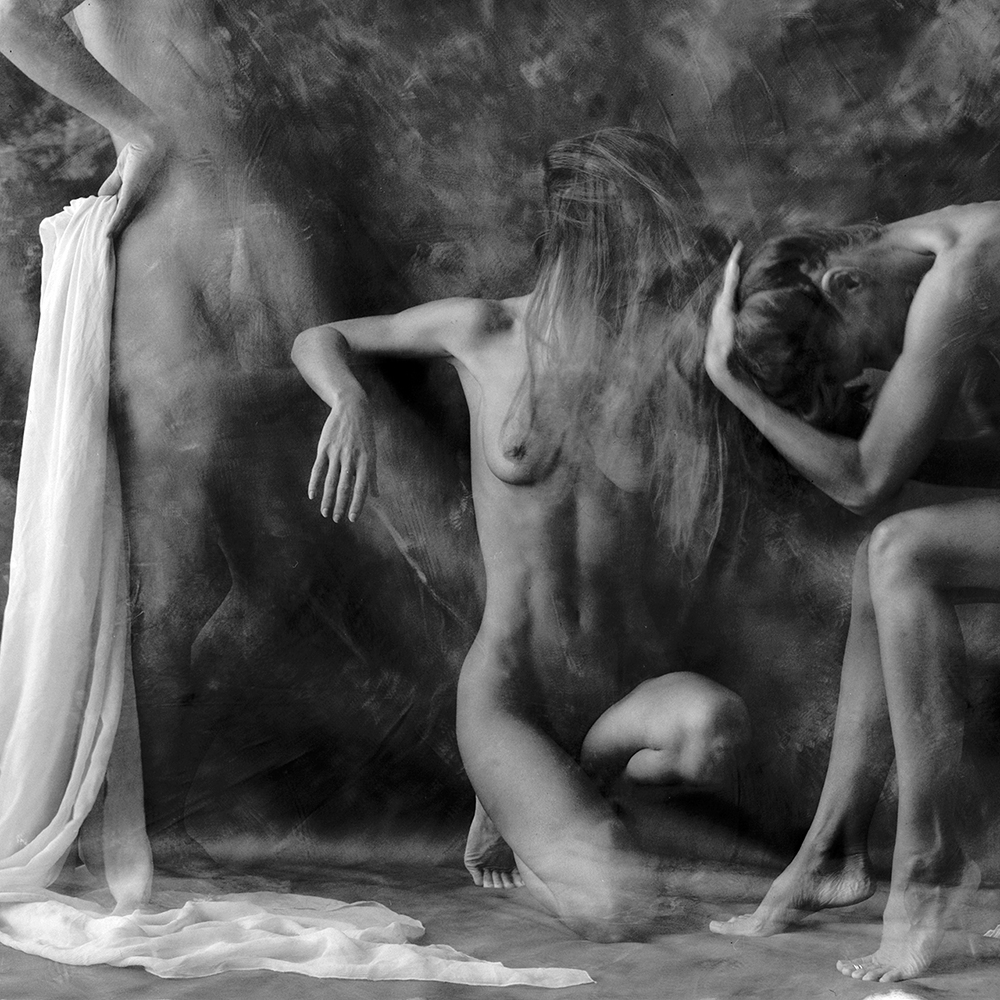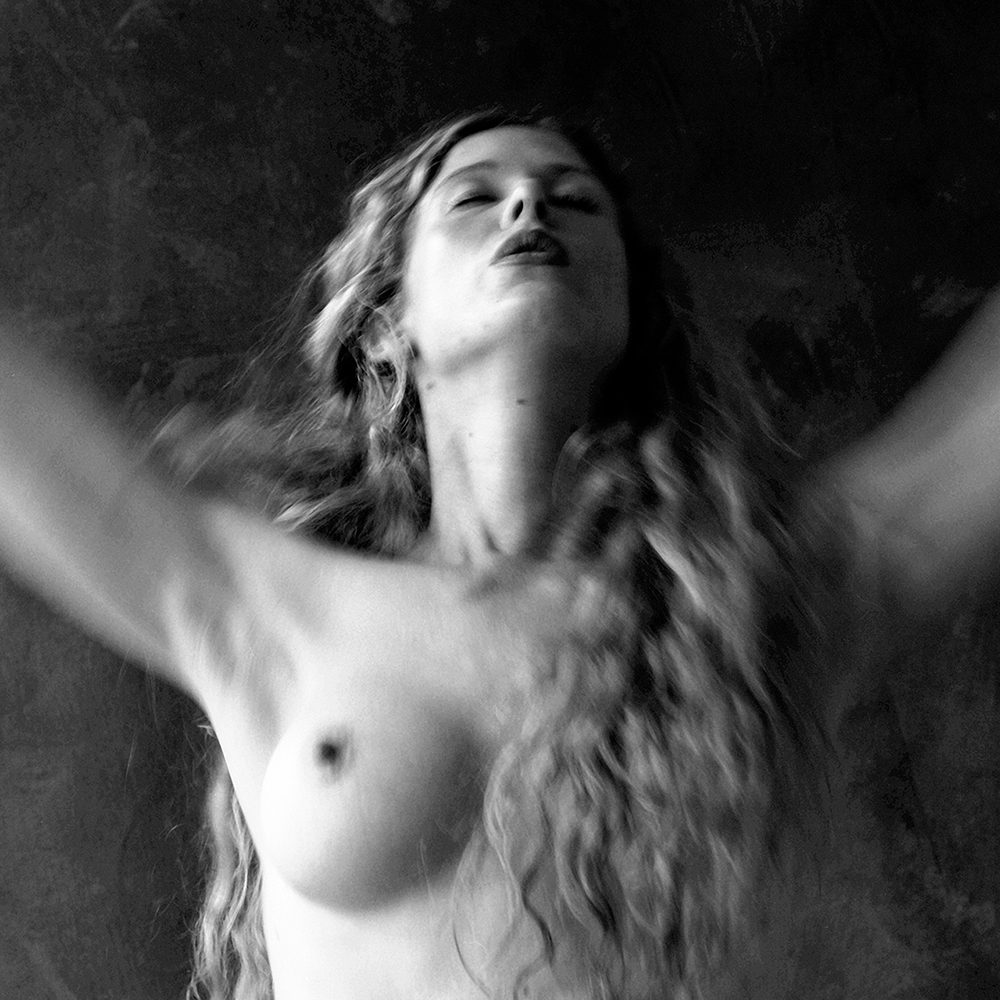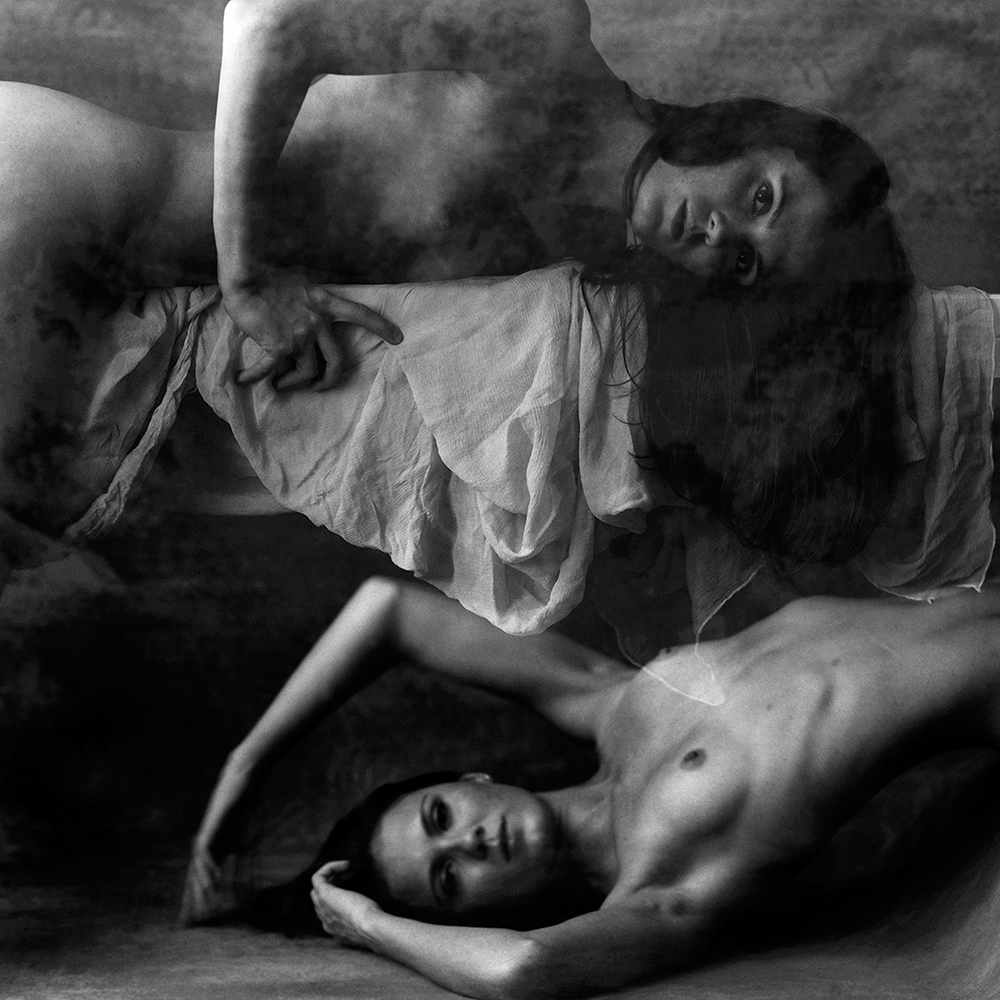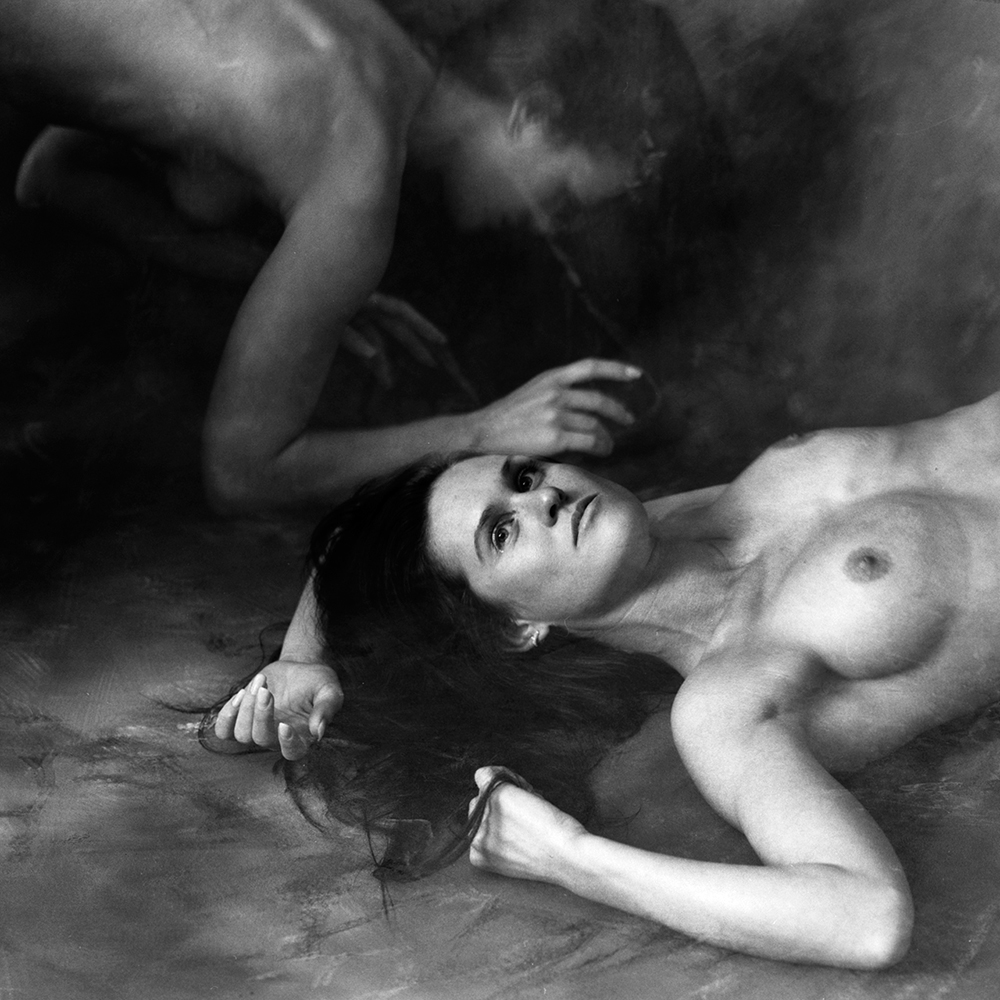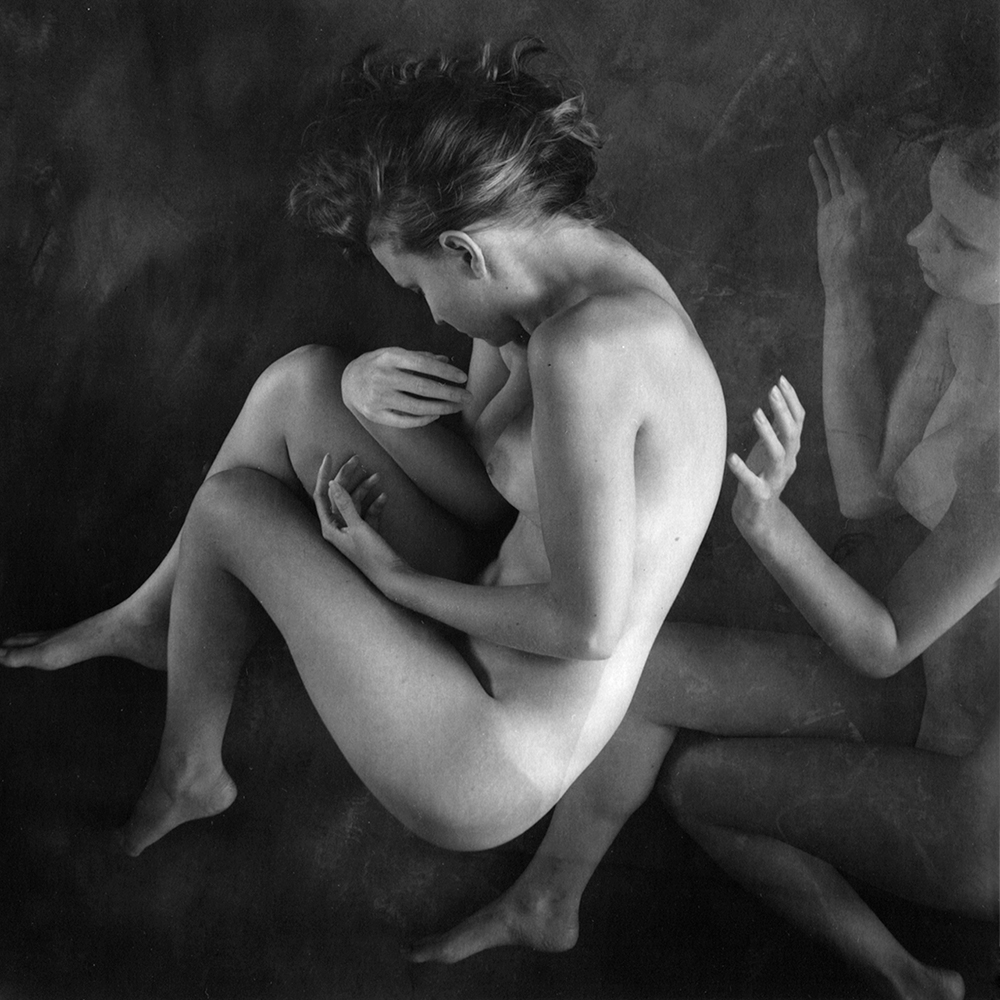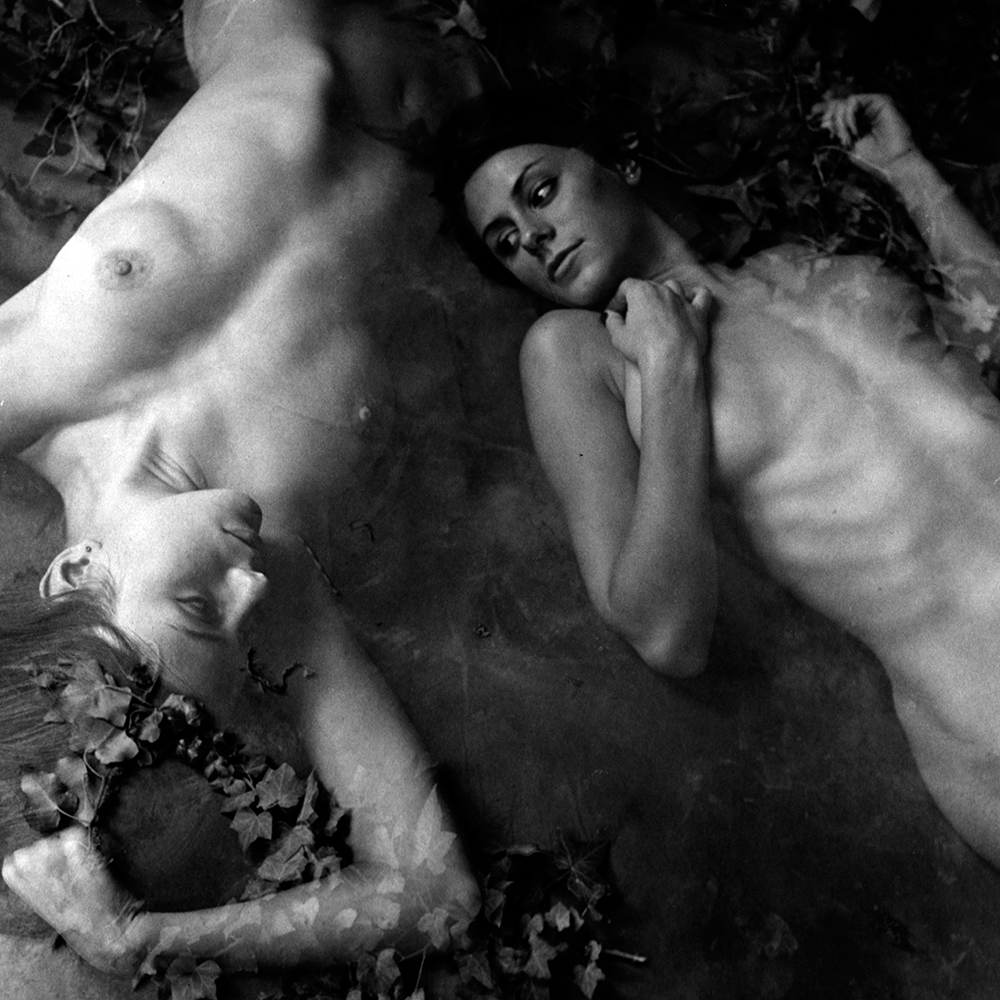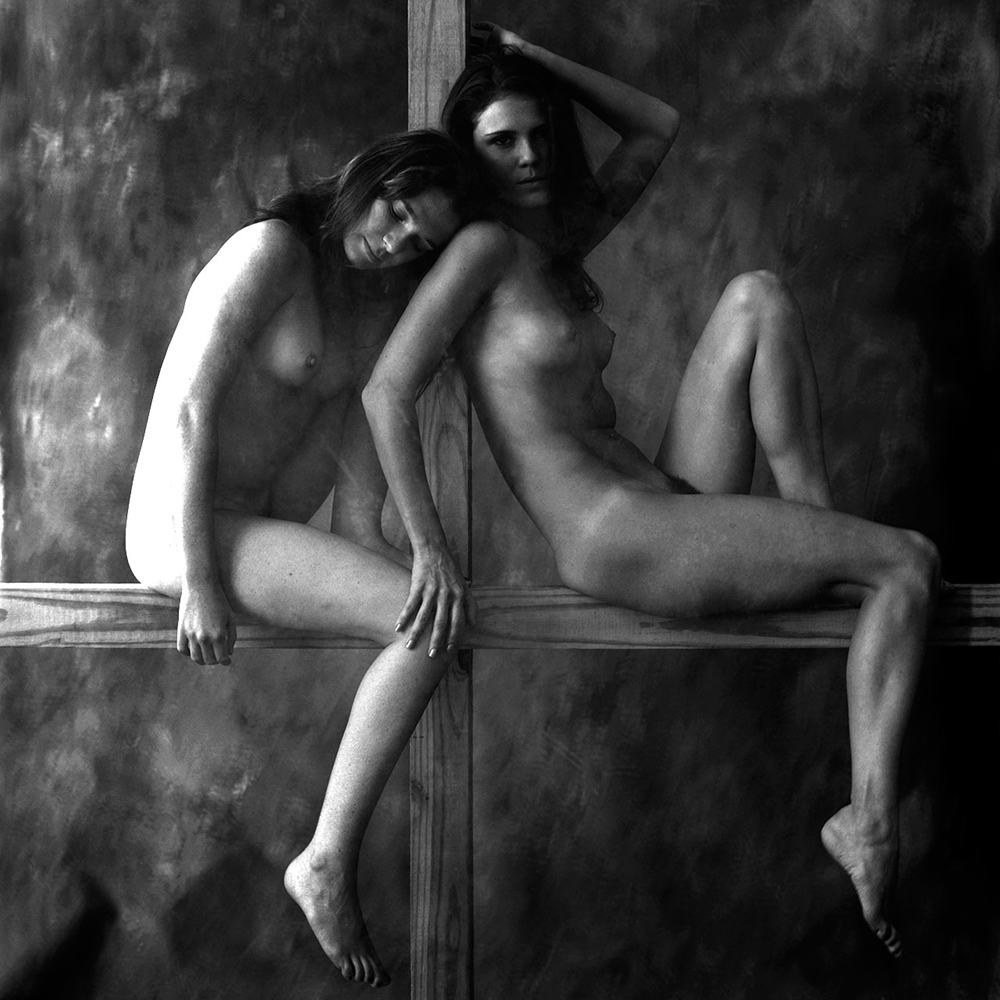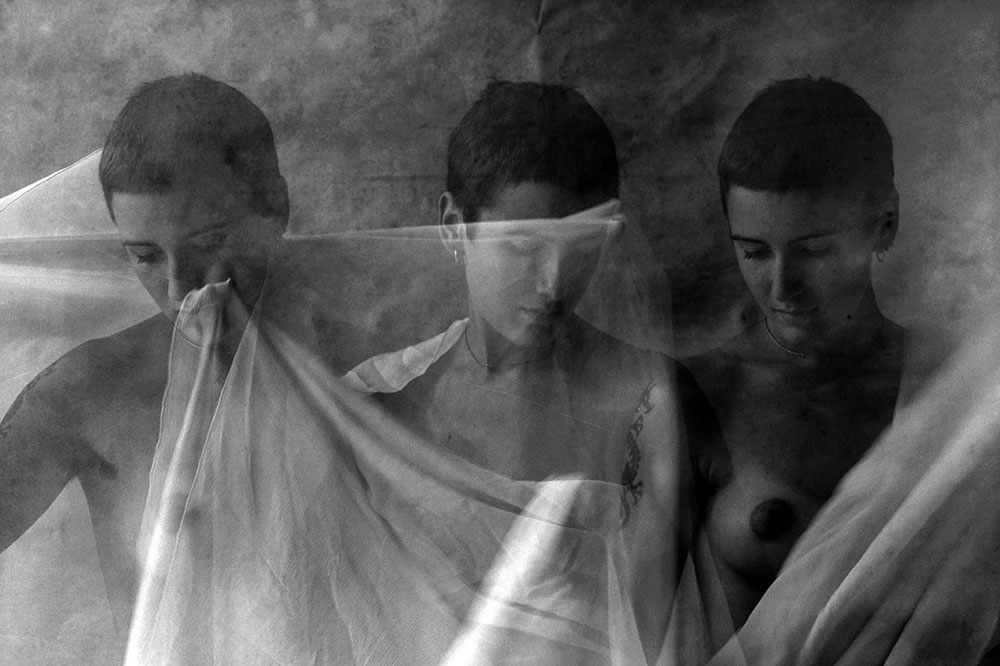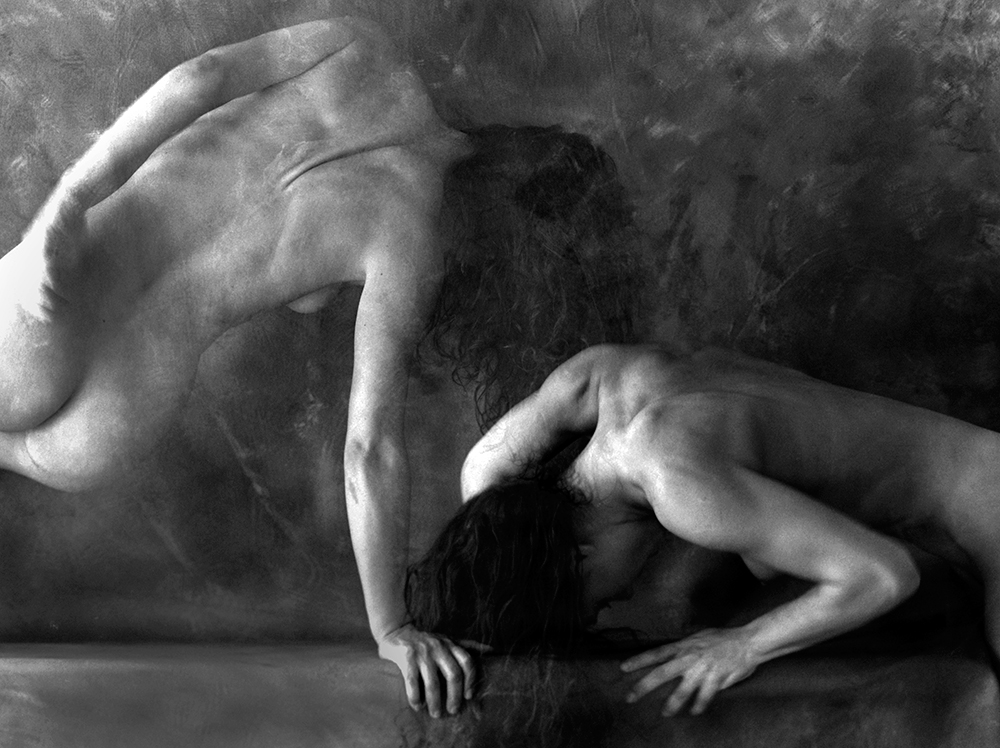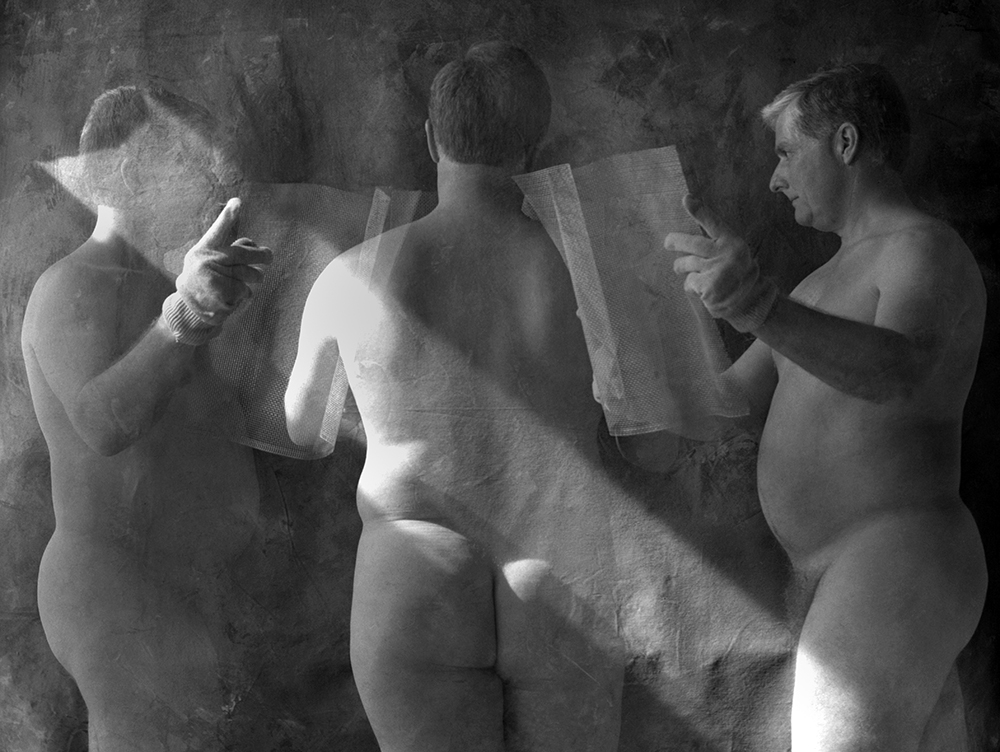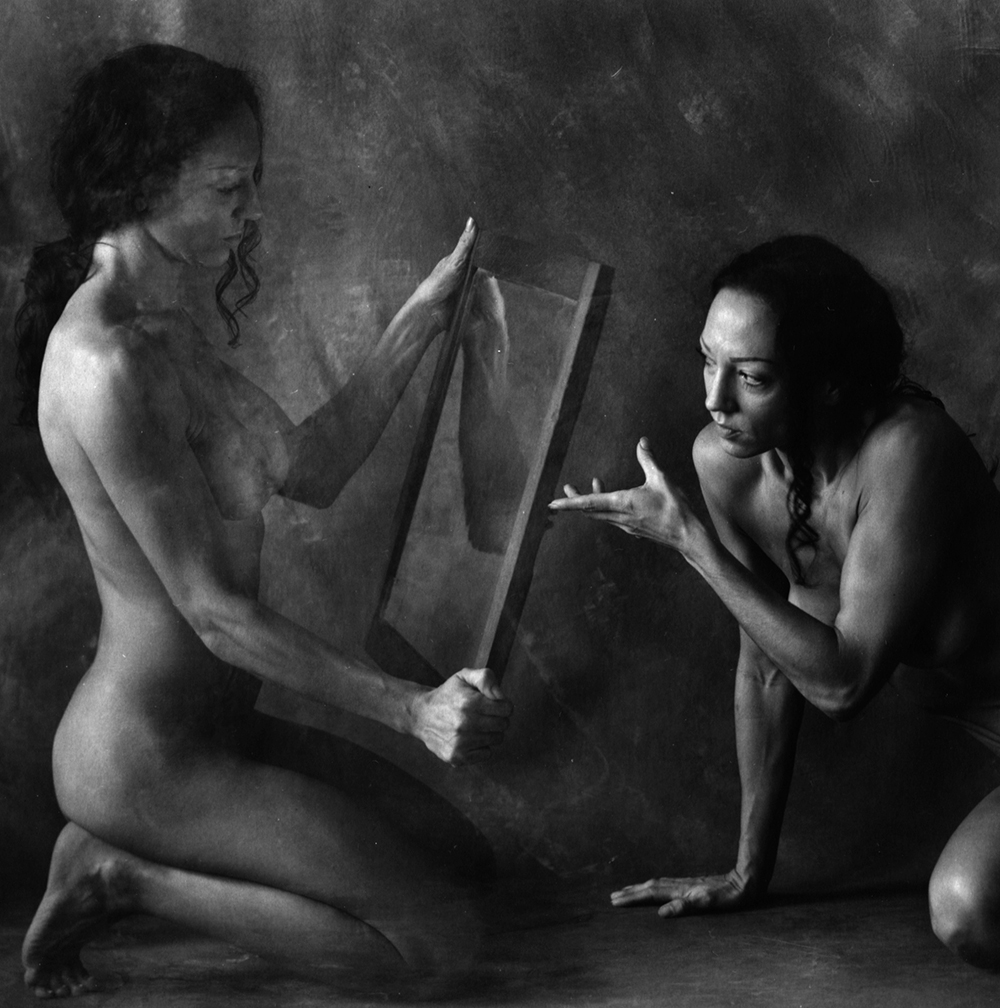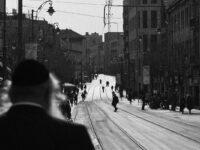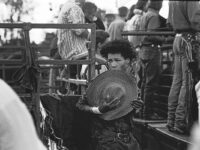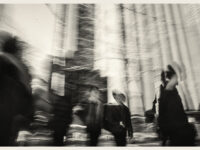Born 1957 in Brooklyn, New York, Mark Hamilton’s interest in photography began with hours looking at the great picture magazines of the sixties: Bazaar, Life, Look, and Vogue.
The first camera he owned was Canon rangefinder purchased with Christmas money from his parents at Camera Barn on Broadway in NYC. A family vacation to Germany in the seventies started with the purchase of an Exakta VX1000 camera in Frankfurt. The next few months were spent documenting his travels in Europe while visiting his uncle’s family stationed in Germany with the Army. While pursuing studies in architecture at Brooklyn Technical High School, an instructor suggested a career in photography stating, “that you have had more experiences in your life at sixteen than most people who are in their thirties.” Maybe it was the suggestion of a life path from an authority figure, or just stubbornness that led him to join the Marine Corps, flee home, and the turmoil of parents going through a divorce. Purchasing a Asahi Spotmatic camera at a pawnshop while waiting at a bus stop in Okinawa, Japan, his off duty time was filled with taking and printing photographs at the base hobby shop. The purchase of several cameras in Japan led to the acquisition of a Nikon F2AS professional camera. His next duty station was Marine Barracks in Rota, Spain where he spent the next four years teaching himself lighting and studio skills. His photos were spotted on the walls of the base dining facility where he worked as a cook. Transferred to the base photographic unit and as a self-taught photographer led a team of 22 photographers in various photographic assignments with the Naval Atlantic Fleet Audio Visual Command. He returned to New York City after the military enrolled in the new photo program at Parsons School of Design led by Benedict J. Fernandez, the former personal photographer of Martin Luther King Jr. Mark left Parsons after one year to pursue a professional career.
His photo work for the schools public relations department led to assignments with Andy Warhol’s Interview Magazine. Fernandez offered a few classes for him to teach at the New School for Social Research to financially assist his pursuits. Early assignments were for Cole of California with Eleanor Lambert Public Relations and New York Apparel News. It was his work with editor Bridget Foley at Apparel News Group that caught the eye of her new employer Woman’s Wear Daily. Foley’s introduction to the staff at WWD opened the doors to assignment work at WWD, W & M magazines and work with Anne Klein, Donna Karan, Liz Claiborne, Cynthia Rowley, Malcon Forbes, Frank Stella, Ralph Lauren, Michael Graves, Carolina Herrera, Norma Kamali, among others. Shooting the New York Collections with editors Etta Froio, Bobbi Queen, Bridget Foley, Ruth LaFerla, and Karyn Monget provided an education in fashion that led to opening a commercial studio and the confidence to explore the market in Milan and published work with Italian publications Amica & Annabella.
Representation followed from the Asian markets when he signed with MEGAPRESS in Tokyo. Mark was asked to teach at the School of Visual Arts by Photography Chair, Alice Beck-Odette while maintaining the studio in NYC. Hamilton left New York City after maintaining the studio for over a decade. A move to North Carolina began a change to personal projects and a return to the study of fine arts at the University of North Carolina at Charlotte; pursuing primarily painting at first, along with work in Religion and Women’s Studies. Mark’s first fine art projects debuted at the Blue Pony Gallery in Charlotte. He received an invitation from the Union of Students Artists to speak about his work at Winthrop University. The talk that evening led to an invitation by Phil Moody to teach at Winthrop University in a part-time capacity as a lecturer. Several years later Mark started teaching in a full-time role and is presently a tenured Professor of Fine Arts at Winthrop University.
Mark pursues personal fine arts projects and collaborative projects (www.jenniferandmarkhamilton.com) with photographer Jennifer Hamilton, along with commercial projects for select clientele.
How and when did you become interested in photography?
I became interested in photography as a child looking at the great picture magazines of the sixties: Bazaar, Life, Look, & Vogue while visiting the homes of my aunt and grandmother.
Is there any artist/photographer who inspired your art?
Deborah Turbeville and Duane Michals were the two photographers who had the greatest influence on my work. I was drawn to the languid poses, sensual mood, and sexual ambiguity Turbeville brought to her work. Duane Michals’ images and the use of multiple exposures greatly influenced the direction of my work. Michals’ photographs were not about recording what was visible, but using photography to make visual what was normally felt. He changed the manner in which I took photographs from recording the visible to imaging the invisible.
Why do you work in black and white rather than colour?
I have very little interest in the reality of everyday life and look for those unique moments that are special and wonderful. A moment that is a revelation of the sacred… a moment that makes the doldrums of life bearable. Black and White is a departure from the normal way of seeing and therefore perfectly suited to the visual experience that I hope to create.
How much preparation do you put into taking a photograph/series of photographs?
A very important part of my work is the casting of the models. It is important that there is a mental meeting of the minds with the people that I work with in the creation of my images. They need to have depth and a range of experiences. You can teach a person how to pose, however, you can’t teach someone how to feel….. I work with rough sketches and primarily use large-format film cameras. Most of the images are multiple exposures done in-camera; they are not the result of post-production techniques. Polaroid (Fuji Instant Film) is an important part of my creative process as it allows a model to collaborate in the process of making an image. I start with a general mood or direction and will then shoot multiple polaroids developing the final look of the image. The models enjoy taking a Polaroid home with them at the end of a shoot.
Where is your photography going? What projects would you like to accomplish?
I have received two grants in the past three years and produced quite a bit of work. My intent is to spend a substantial amount of time in the darkroom printing. I tend to visit and revisit projects and subject matter that interests me over the years. I believe that if you work on truly personal work, you do not choose the projects as much as the projects choose you.
Website: www.markhamiltonstudio.com

